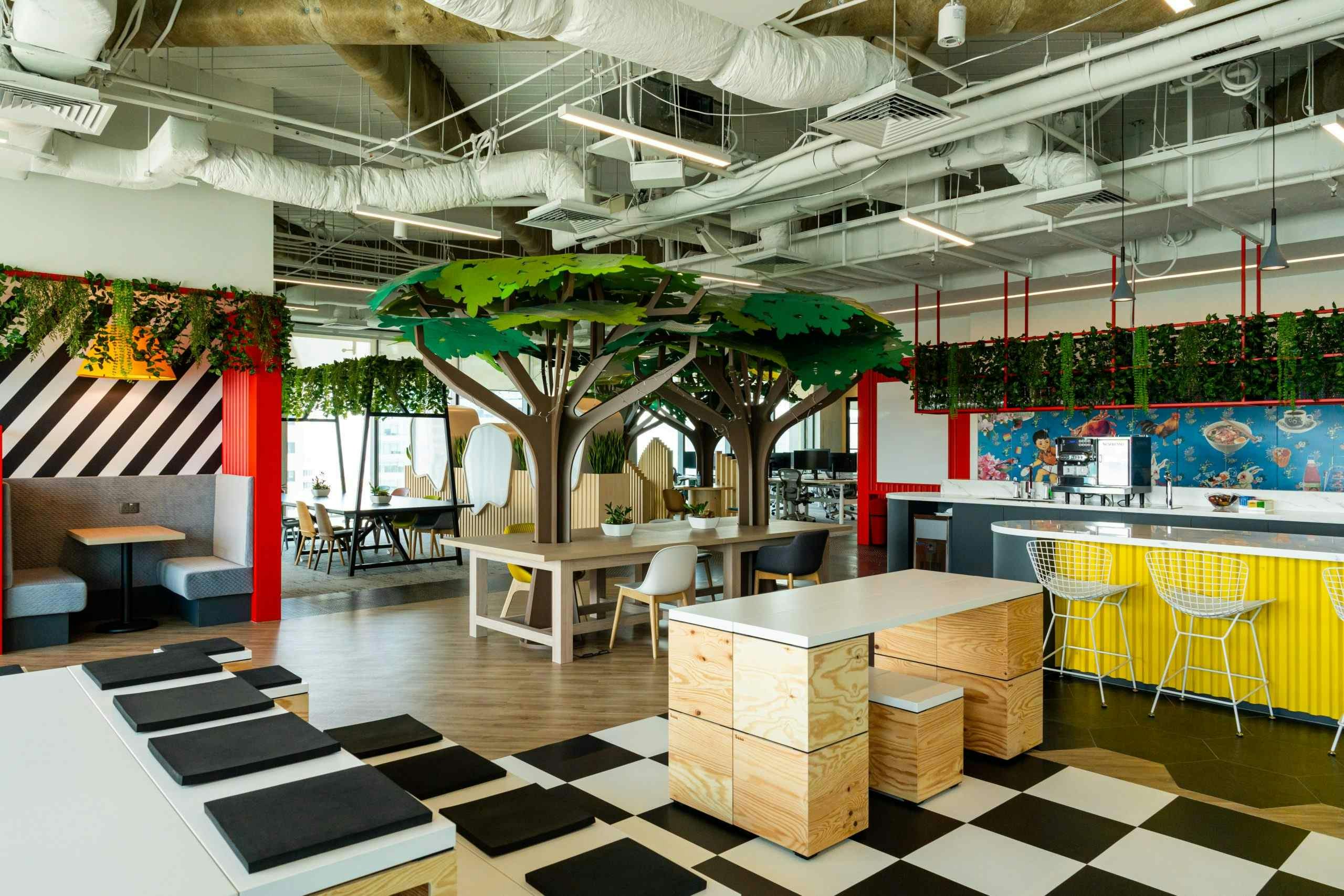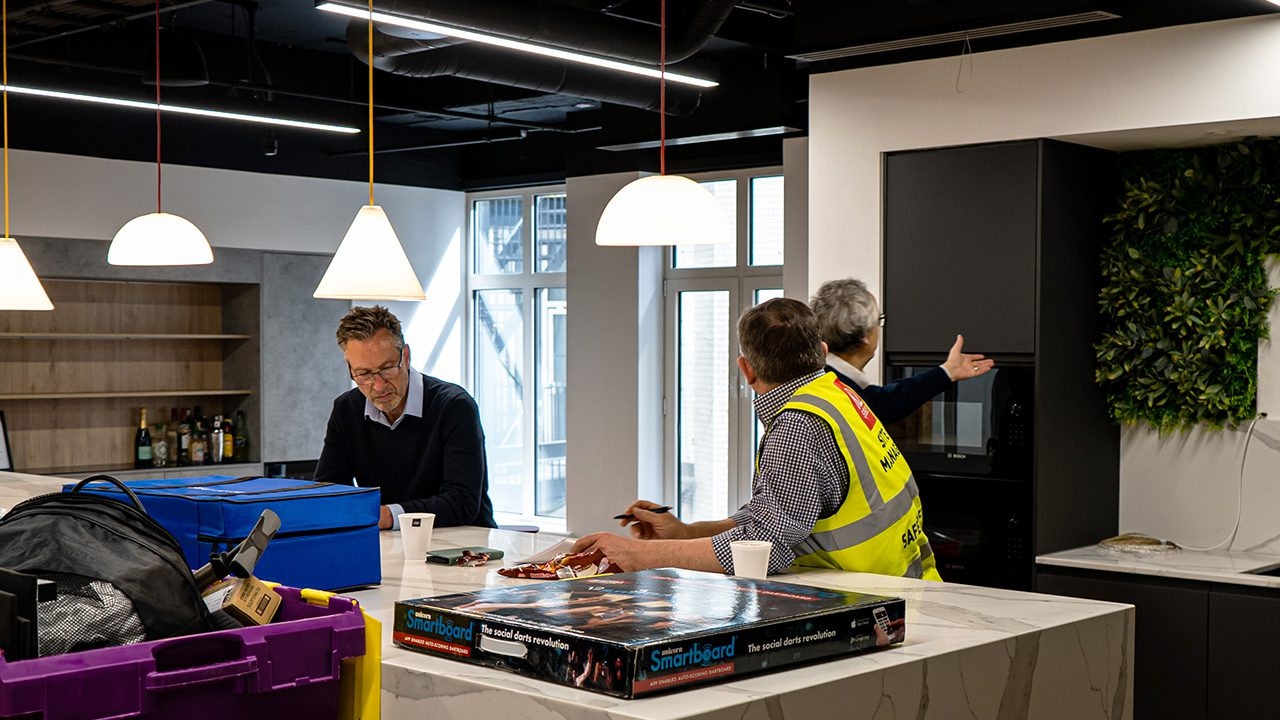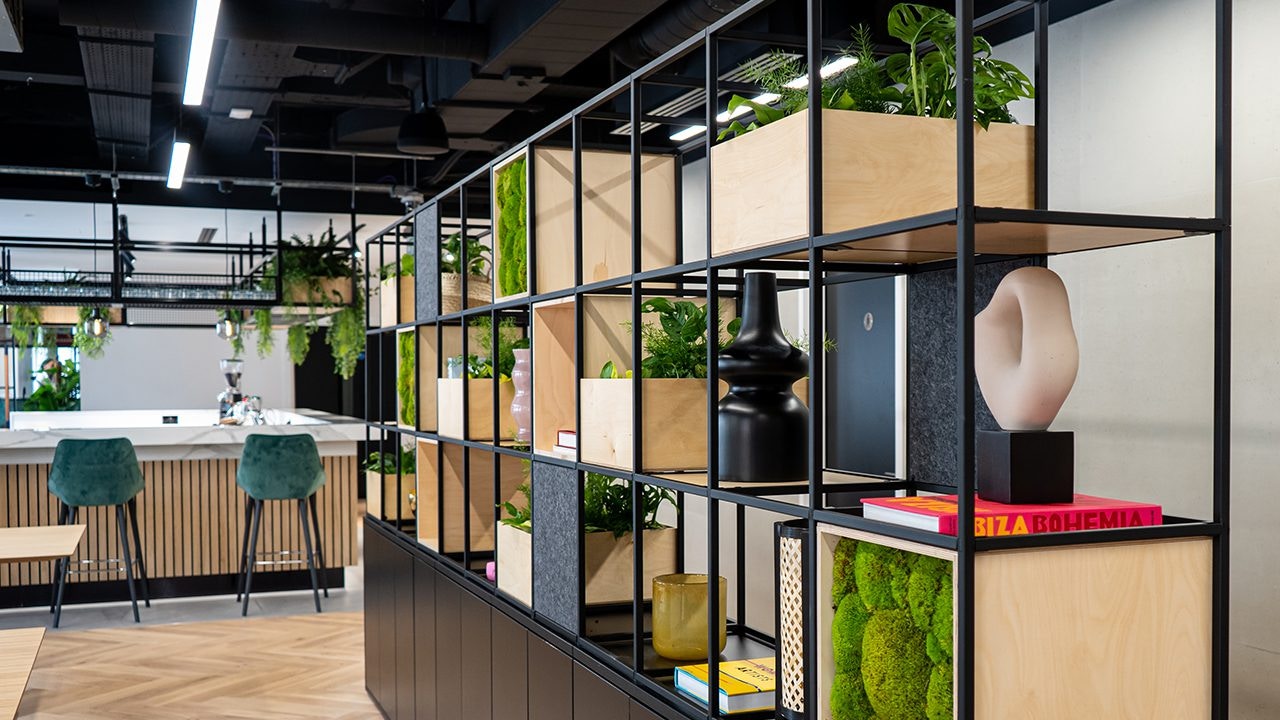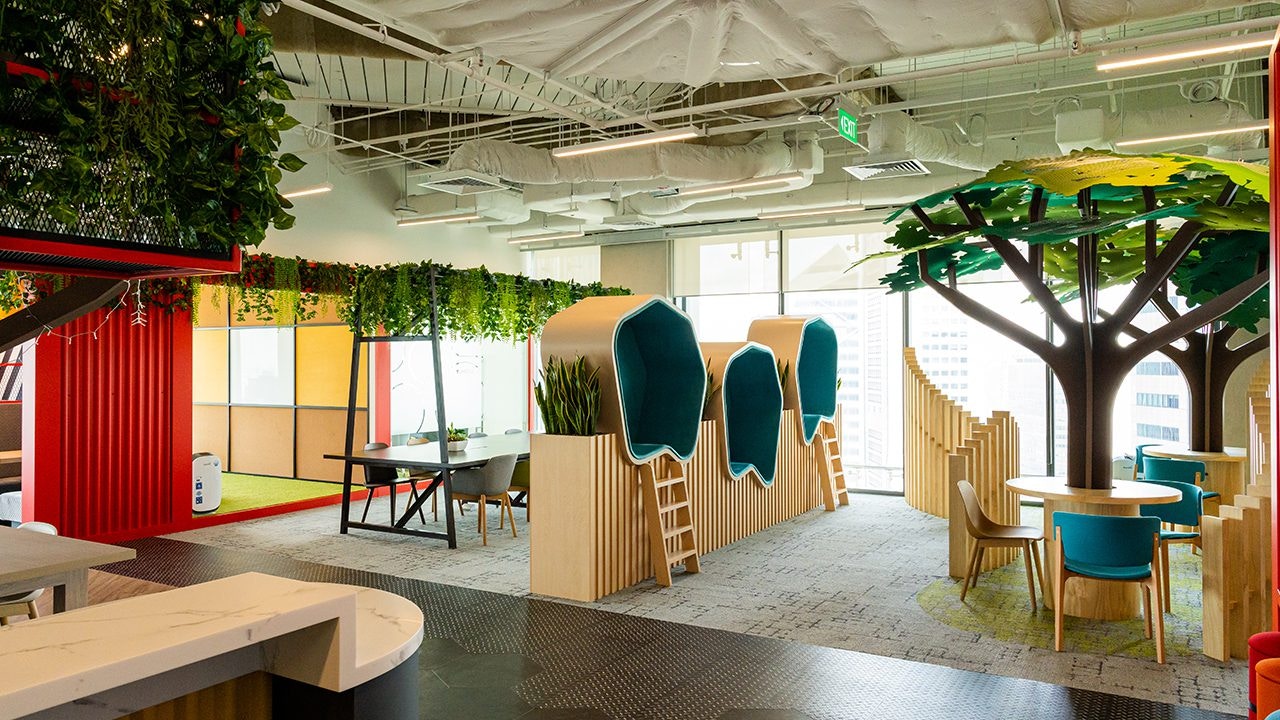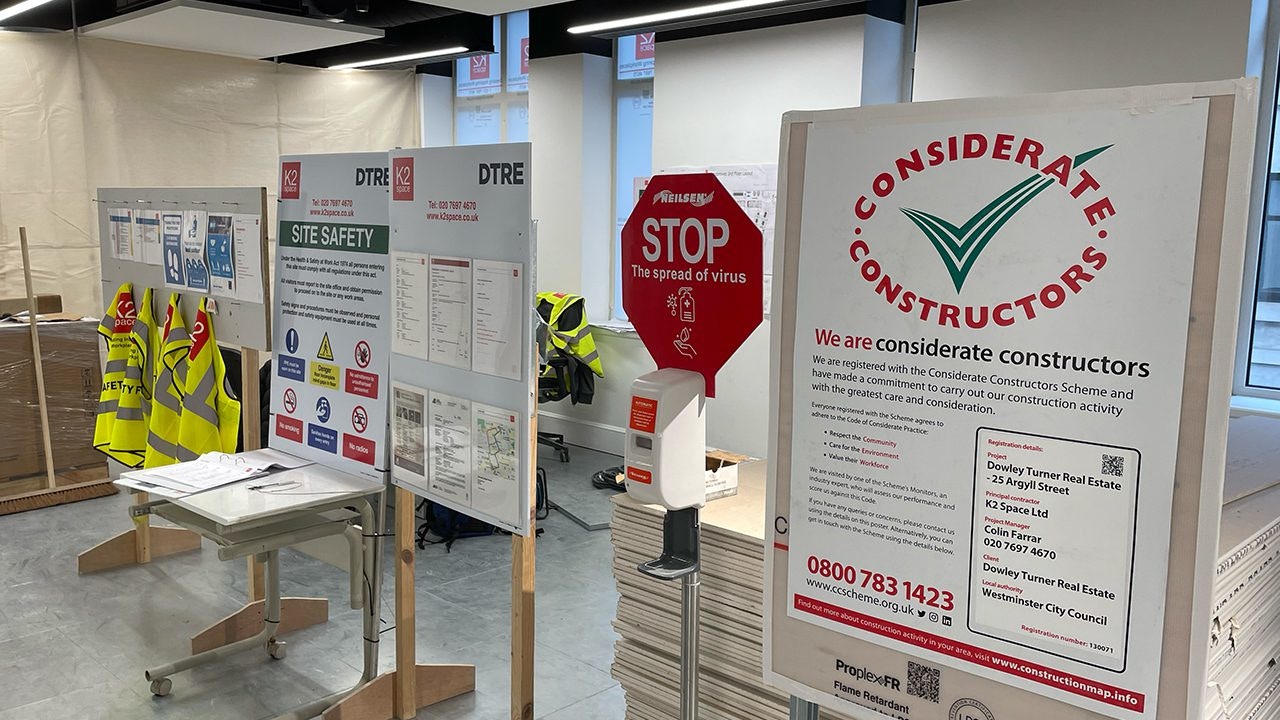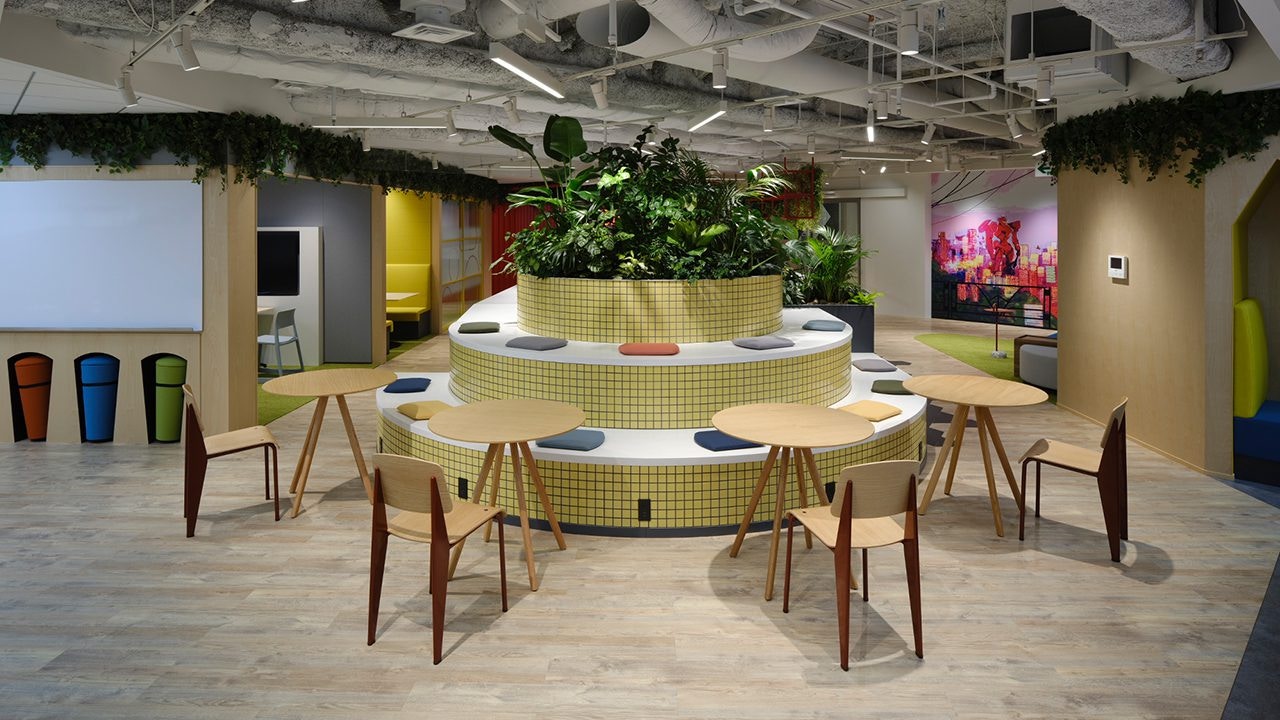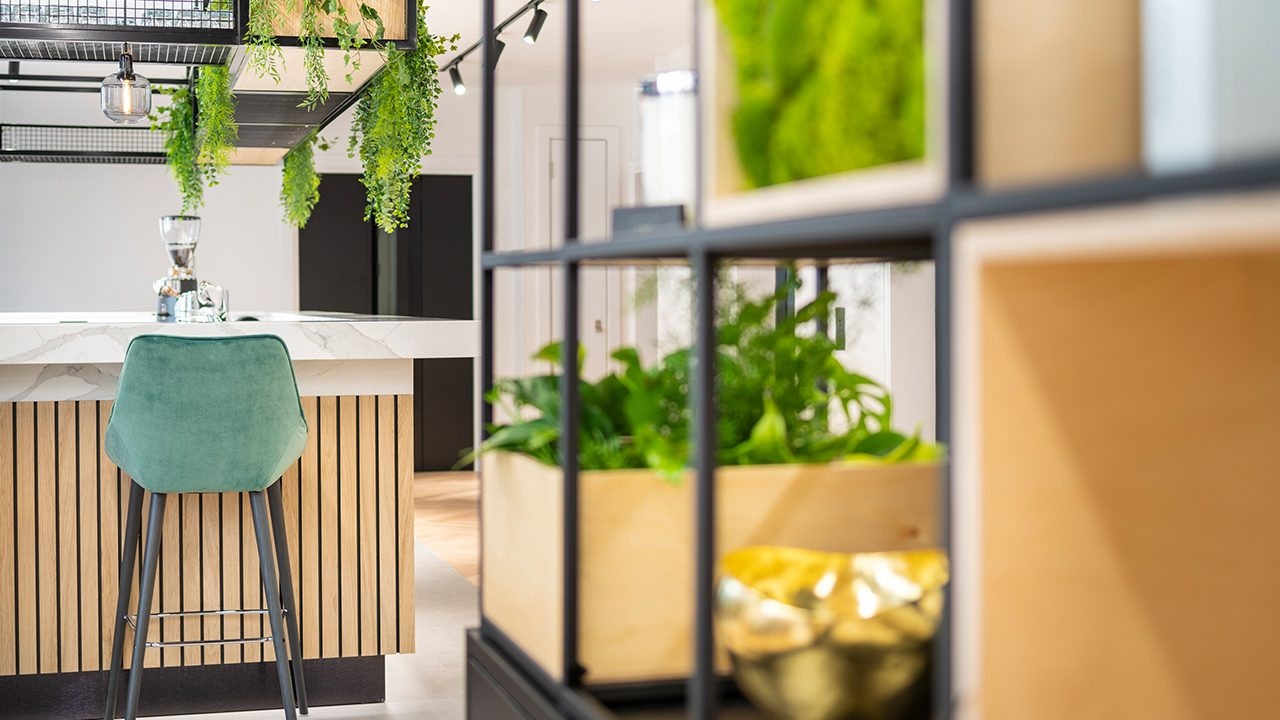What Does ESG Mean for the Workplace?
ESG (environmental, social and governance), has moved right to the forefront of the business agenda. However, it began much earlier as an investment practice in the 1960s when socially responsible investors would exclude entire industries from their investment portfolios based on their involvement with irresponsible activities (e.g. firms pulling out of operations in South Africa in the 1960s). For years it remained a minority interest, and it wasn’t until the mid-2010s that investors at a larger scale started to pay attention to ESG data and information such as carbon footprints, board makeup and labour policies. Nowadays, ESG has stretched beyond a pure investment focus to become a set of standards used to evaluate the commitments of a business towards the environment and society. Like Corporate Social Responsibility (CSR), Environmental, Social and Governance (ESG) is about businesses being accountable and responsible for their actions. But while CSR holds businesses accountable in a qualitative manner, ESG endeavours to identify, measure and quantify those efforts with various metrics.
